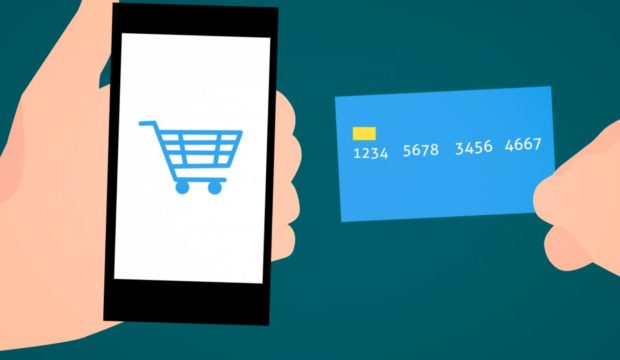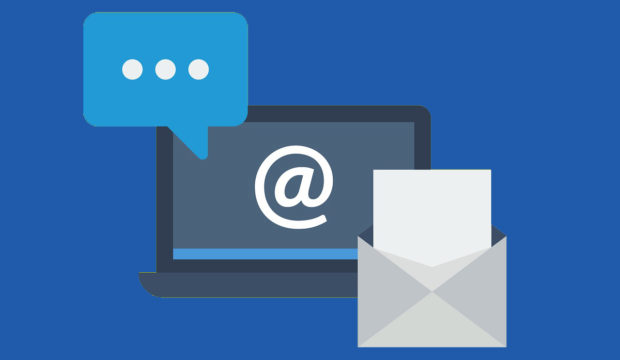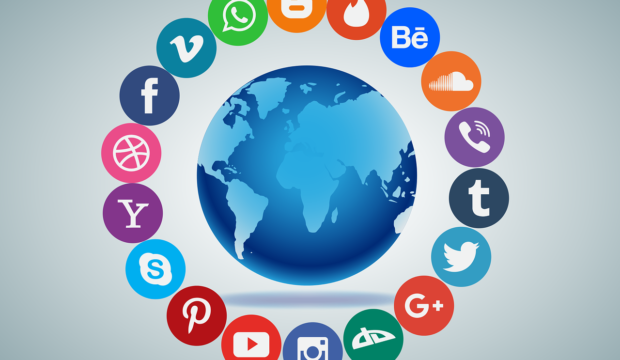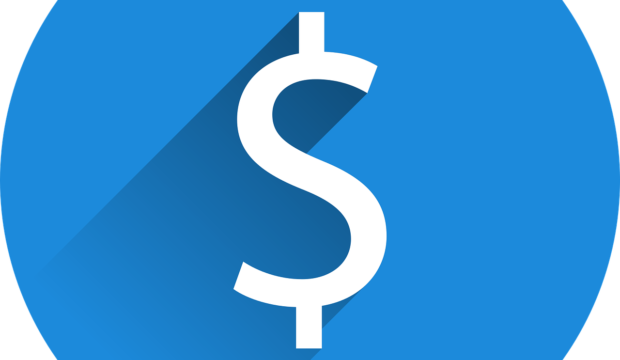Whether you’ve got a list of leads you need to retarget outside of the inbox or you’re in search of brand new leads, social ads offer cost-effective targeting and wide reach.
Whether you’ve got a list of leads you need to retarget outside of the inbox or you’re in search of brand new leads, social ads offer cost-effective targeting and wide reach.

Holiday shopping starts early this year, and online retail will be bigger than ever. Grow your email list with high-quality, low-cost leads now, before the jingle bells start ringing.

To drive conversions, you need a multi-layered, long-term lead nurturing plan and email marketing series.
If you’ve got an unsubscriber list, you’ve got a great way to lower your cost per lead. The old adage that “it costs less to keep a customer than find a new one” applies here. A previous email subscriber who opted out of your list is already familiar with you, and has joined your email database before. Except in a few extreme cases, they are much more likely to recognize your name and resubscribe than a brand new sign-up would be. That’s where a campaign to winback unsubscribers and get them to rejoin your list comes in. Which means more leads for less money and a lower CPL. Here’s how it works:
Look at your list of unsubscribed email addresses. How big is the list? How far back does it go? And what do you know about these unsubscribers, including why they opted out and what their engagement or purchase history was before they unsubscribed?
Answering these questions will help determine how many campaigns to run, as well as what the primary message should be and what kind of lead nurturing is required as follow-up. A fairly recent unsubscriber with no complaints is an easy candidate for a simple campaign to winback unsubscribers with a fairly standard offer. But an unsubscriber who hasn’t visited or purchased in a long time may need a harder sell. The size, age and health of your list will determine how many winback campaigns you’ll need to run.
Once your list is in place, it’s time to launch a campaign to winback unsubscribers and lower your cost per lead. Depending on the size and makeup of your list you may have more than one campaign running, but the general idea is the same.
An approved partner, like Opt-Intelligence, takes an encrypted version of your unsubscriber list and uses it to look for hashed matches across the web. So while the publisher never see the actual email address of the unsubscriber, the hashed email will match the hashed version on their site when that user signs in or signs up for something else. This allows you to safely retarget previous subscribers on the websites they already know and love, without worrying about violating any data privacy or SPAM regulations. The best part? You only pay for the users who actually opt-in and rejoin your email list.
They’re back! Now what are you going to say to them? A campaign to winback unsubscribers is only as good as the follow-up that keeps them on your email list this time around. Email them within 24 hours of resubscribing, or automate your initial lead nurturing email if at all possible. Email engagement is critical in the early stages, so make sure you deliver on your promised offer and optimize your subject lines to maximize open rate. You’ve successfully resubscribed these users to your list—now it’s time to convert them into customers again.
Compare these resubscribed email addresses to your new subscribers and we’re confident you’ll find a higher quality of lead at a lower cost per lead. Ready to see for yourself? Get started with a free evaluation today.

Leap year means more than just an extra day in the month to generate incremental leads. This quirk of the calendar presents a lot of opportunities for marketing.

A full-funnel lead nurturing strategy utilizes email as well as advertising to target people through all stages of the marketing funnel.
A new year brings a fresh start. It’s the perfect time to evaluate marketing plans, lead generation strategy and advertising budgets. A new year gives you a great reason to take a cold, hard look at last year and see what worked, what didn’t, and where you can improve. So, in the spirit of new year’s resolutions and improving lead generation, we offer three lead generation resolutions to put into practice in 2019.
It’s not too late to convert last minute holiday shoppers! Online retail and 2-day shipping has allowed present procrastination to grow every year. Put the ease of ecommerce to work for you by employing one of these lead nurturing offers this holiday season.
Shipping is a hot topic this time of year, and there are quite a few lead nurturing offers that play to that. Many major retailers are offering free shipping, expedited shipping, or both! This is easier and more cost effective for someone like Amazon or Target to operationalize, but it doesn’t mean you can’t take advantage of the trend in your own way. Can’t foot the bill for full free shipping? Offer a low flat rate, or tier the shipping offer by order value. You can also discount upgraded or expedited shipping to help gifts get there in time, without sacrificing profit. Any lead nurturing email that mentions free shipping (even with a caveat) is sure to resonate with consumers this time of year.

Effective inbound marketing can draw customers to your brand and get them interested, but you are leaving a lot of sales on the table if you are not putting any effort into lead nurturing. Only about 4% of consumers are ready to buy the first time they encounter your brand.
With lead nurturing, you can move people in the other 96% through your marketing funnel and get them closer to becoming a paying customer. Incorporating lead generation into your email strategy is an effective way to increase your chances of success. While email best practices, like using a verified email list and tracking key metrics, remain important, the following are a few additional ways to improve your lead nurturing efforts.

Ask any marketer running a lead generation campaign and they will probably agree that lowering Cost Per Lead, or CPL, is always on their mind. For some it’s the ultimate goal, while others may consider it secondary to quality leads and recognize that some leads simply cost more. Still, no one wants to pay more when they can get the same leads for less. How low your CPL can be is based on a variety of factors, including industry, size of desired audience, and targeting methodology. But many look at CPL as strictly a measurement of the cost to acquire leads, and nothing else. This can provide an incomplete picture of your lead generation efforts and prevent you from fully optimizing your campaign. To truly measure actual cost per lead, you need to develop a lead nurturing CPL that measures past acquisition and tracks performance.